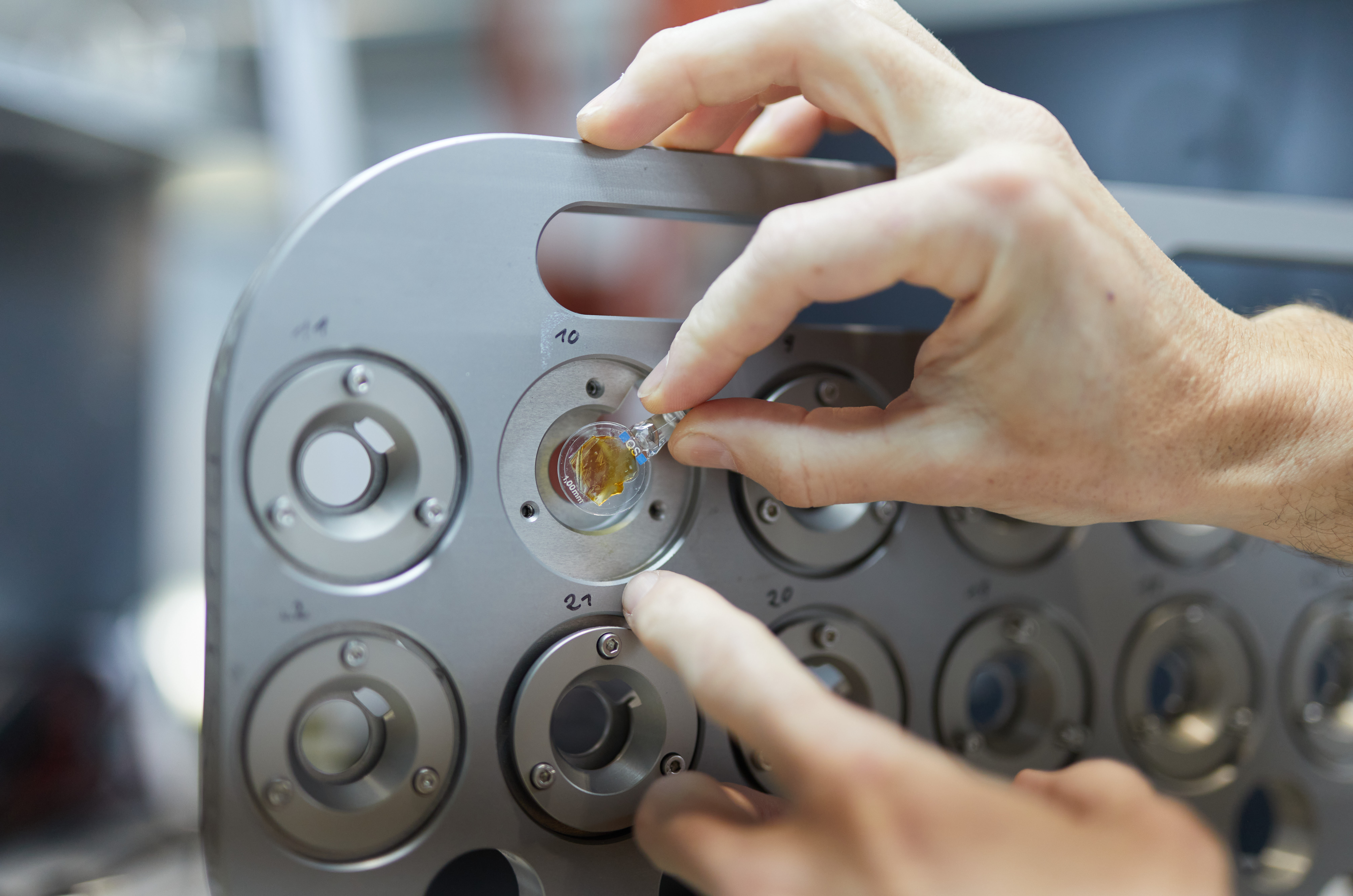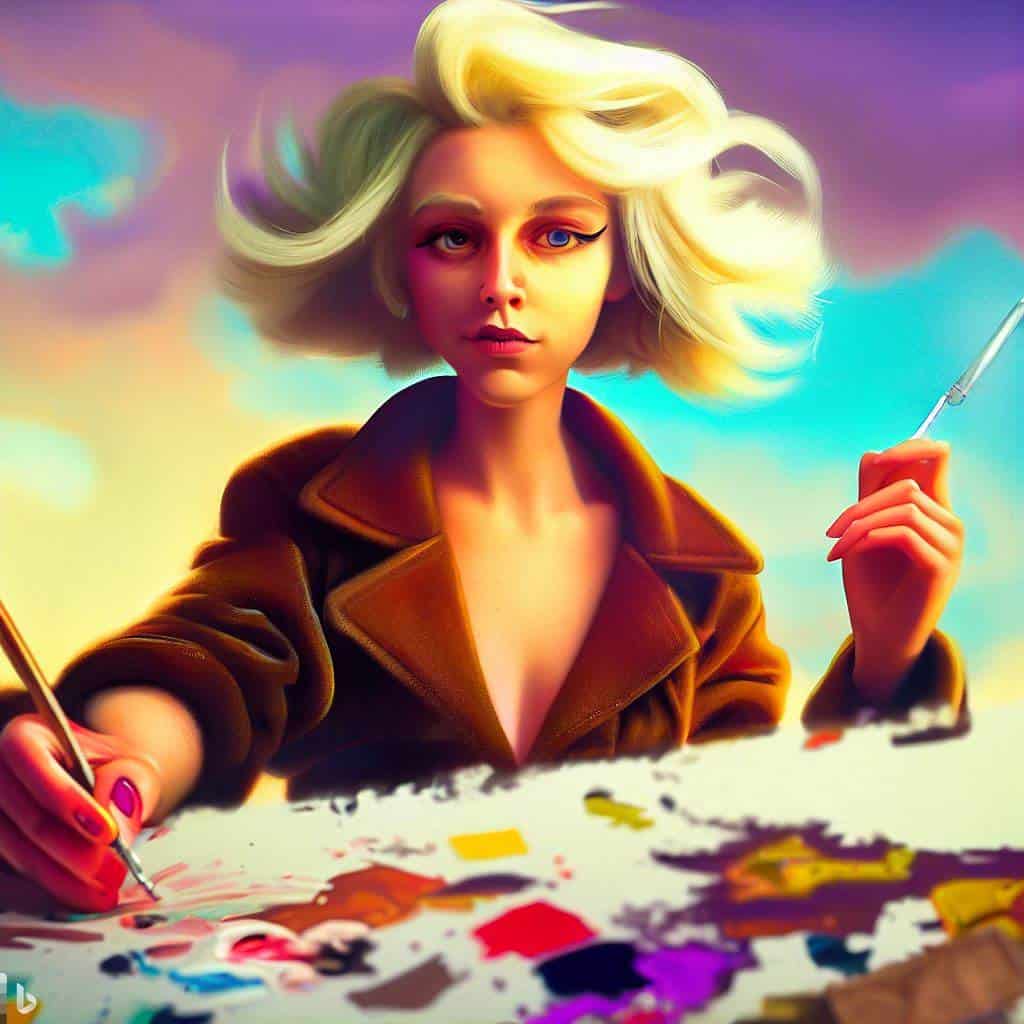
Scientists at the Technical University of Munich (TUM) have developed an innovative, non-toxic cleaning agent for artworks, pioneering a sustainable approach to art restoration. The organogel, primarily composed of castor oil, poses no danger to humans or the environment, making its use a significant shift from traditional, toxic solvents, says the university in a press release.
These organogels can safely remove the patina from water-sensitive surfaces, which accumulate over time due to dust, soot, air pollutants, and microorganisms, often resulting in a muted appearance of the artwork. The new cleaning agent successfully restored a painting by Giorgio de Chirico at the Peggy Guggenheim Museum in Venice. From silicone pen tips to smart paint, the field of art has also witnessed other notable developments that are redefining the art world and expanding its possibilities.
- Scientists at the TUM have developed a non-toxic organogel, primarily composed of castor oil, that successfully restores artworks, revolutionizing art restoration practices.
- The art world embraces innovation with tools like PenTips, a silicone cap for Apple Pencils enhancing digital art creation, and advancements in paint technology, including smart paint and solar paint.
- Beyond aesthetics, art now explores technology and sustainability, paving the way for exciting possibilities in the future of art.
What are organogels?
A unique feature of the cleaning agent is its primary component – castor oil. Castor oil, a natural substance, is not only environmentally friendly but also inexpensive to acquire, making it a sustainable choice. Through certain synthesis processes, stiff gels, known as organogels, are created from castor oil. Organogels are fascinating materials that have the ability to incorporate organic solvents within their molecular networks, making them a sustainable and effective cleaning solution for water-sensitive surfaces.
The restorer applies the organogel, allowing it to work its magic before removing it, along with the accumulated dust and dirt on the painting’s surface. This low-impact procedure ensures that the solvents remain within the gels and do not penetrate the surface structures of the artwork, thereby protecting the integrity of the piece.
Organogels in action
The practical application of the new cleaning agent was put to the test at the Peggy Guggenheim Museum in Venice. Restorers were provided with a stiff organogel and a container of the solvent. The components were easy to store, mix, and apply to the paintings. The new cleaning agent successfully restored a painting by Giorgio de Chirico, which had been challenging to clean using conventional methods.
Art creation in the digital age: The story of PenTips
While organogels are revolutionizing art conservation, technology is redefining the creation process of art. PenTips, a start-up from Groningen, for example, has developed a silicone cap that attaches to an Apple Pencil. This innovative tool provides artists and notetakers with more controlled and precise movements on their digital canvas.
The idea for PenTips was conceived when founder Marc Tuinier dropped his expensive Apple Pencil and sought to create a protective mechanism. The resulting silicone cap provided unexpected benefits. Artists found that the friction caused by the silicone cap offered more control when creating digital art on an iPad. This led to the development of PenTips 2, which replaces the tip of the Apple Pencil.

Innovations in paint and coating technology
Remarkable advancements have also been made in paint and coating technology, transforming not only the aesthetics but also the functionalities of our surroundings. Innovations such as smart paint that turns walls into touchscreens, self-cleaning paint, and antimicrobial coatings have various applications that go beyond the traditional roles of paint.
For instance, solar paint which can absorb sunlight and convert it into energy, offers a sustainable solution for generating clean energy. Other technologies like spray-on antennas, which can transmit radio waves as effectively as wireless routers, open up new possibilities for the expansion of wireless networks.
In the midst of these technological advancements, it’s clear that the art world is not just about creating beautiful visuals, but also about pushing the boundaries of innovation. From non-toxic organogels for art restoration to digital art tools and high-tech paints, the future of art looks bright and exciting.








